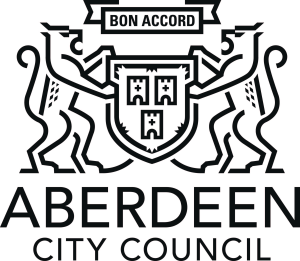The course does not train people to be mental health workers. It offers basic general information about mental health problems. The knowledge presented and understanding developed in the course helps to remove stigma and fear and to give confidence in approaching a person in distress.
Mental Health First Aid is an initial response to distress and all participants on the course understand that this help is given only until other suitable or professional help can be found
The following is a brief outline of what is covered on the course:
• guidance on being a Mental Health First Aider
• attitudes to mental health issues
• equalities
• the recovery message
• the impact of alcohol and drugs on mental health
• introduction to suicide intervention
• listening skills
• understanding depression
• how to offer first aid to someone experiencing depression
• understanding anxiety
• how to offer first aid to someone experiencing anxiety
• understanding psychosis
• how to offer first aid to someone experiencing a psychotic episode.
What will I learn on the course?
• How to apply the 5 steps of SMHFA
• How to respond if you believe someone is at risk of suicide.
• How to give immediate help until professional help is available.
• What to say and do in a crisis
• The importance of good listening skills
• Practice listening and responding
• Understanding recovery from mental health problems
• Understanding the connection between mental health problems and alcohol and drugs
• Understanding the connection between mental health problems and discrimination
• Some basic information about common mental health problems
• Self help information
What happens on a SMHFA course?
The course takes 12 hours and is run on two separate days. It is an interesting course that includes different activities, films, discussions and even some fun and laughter.
You will get a certificate of attendance and a colourful and interesting manual to take away with you at the end so that you can remind yourself of what you’ve learned.
The aims of SMHFA are:
To preserve life.
To provide help to prevent the mental health problem or crisis developing into a more serious state.
To promote the recovery of good mental health.
To provide comfort to a person experiencing distress.
To promote understanding of mental health issues.
The course will give you the knowledge to apply these aims in a real life situation
